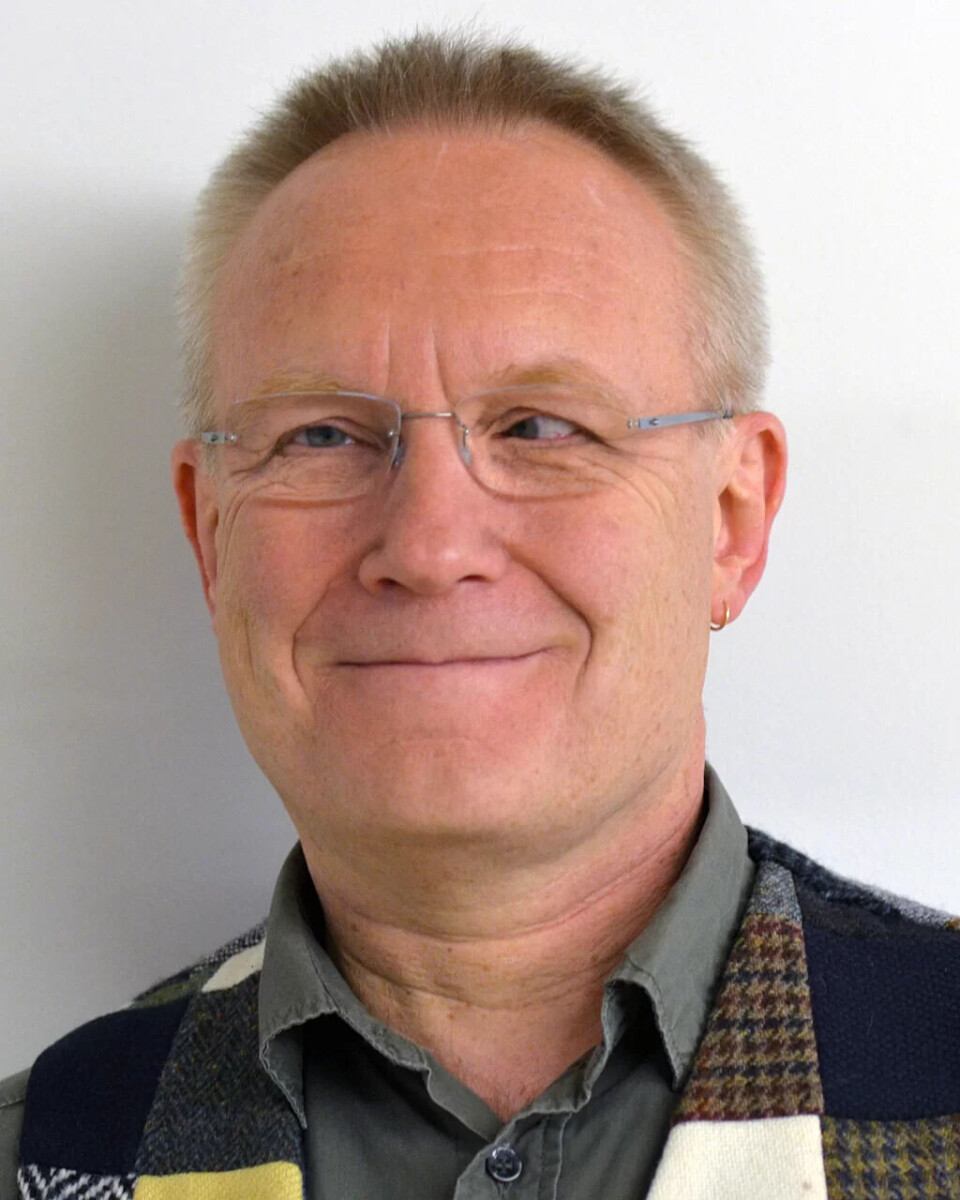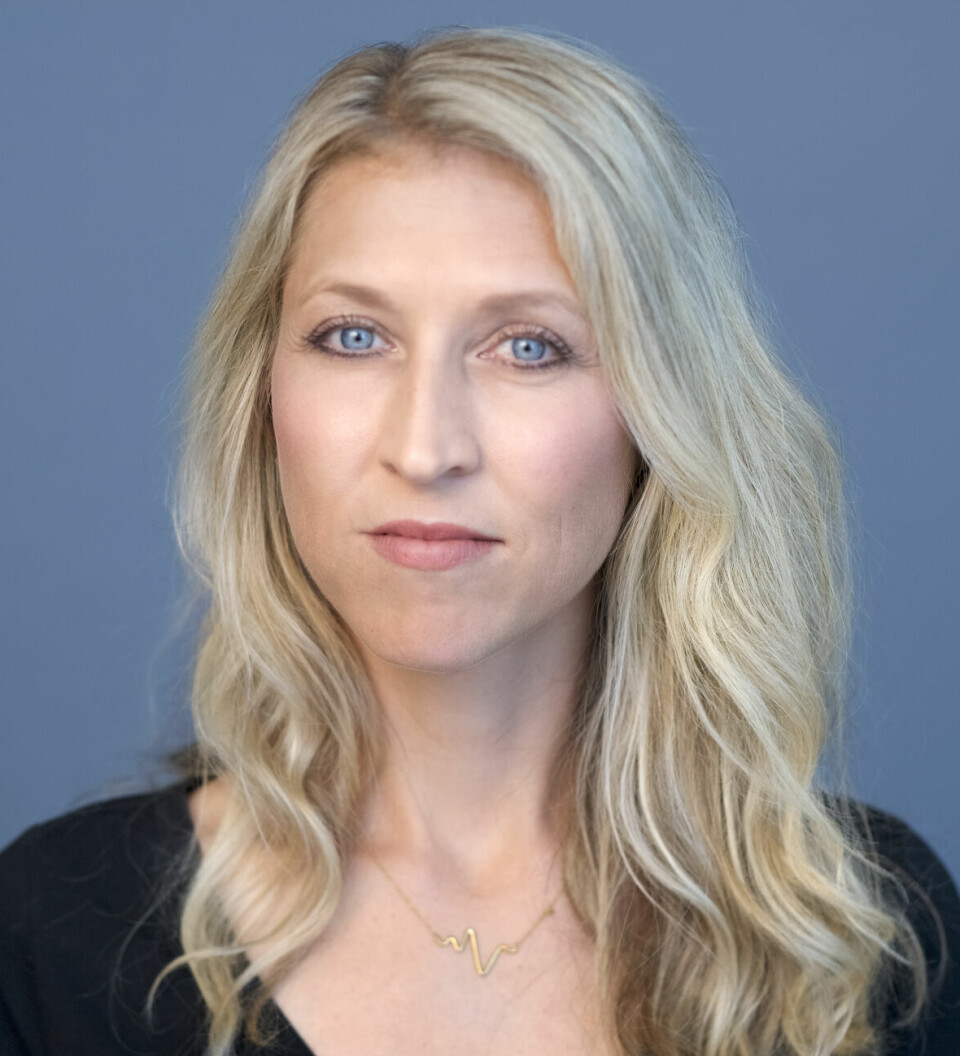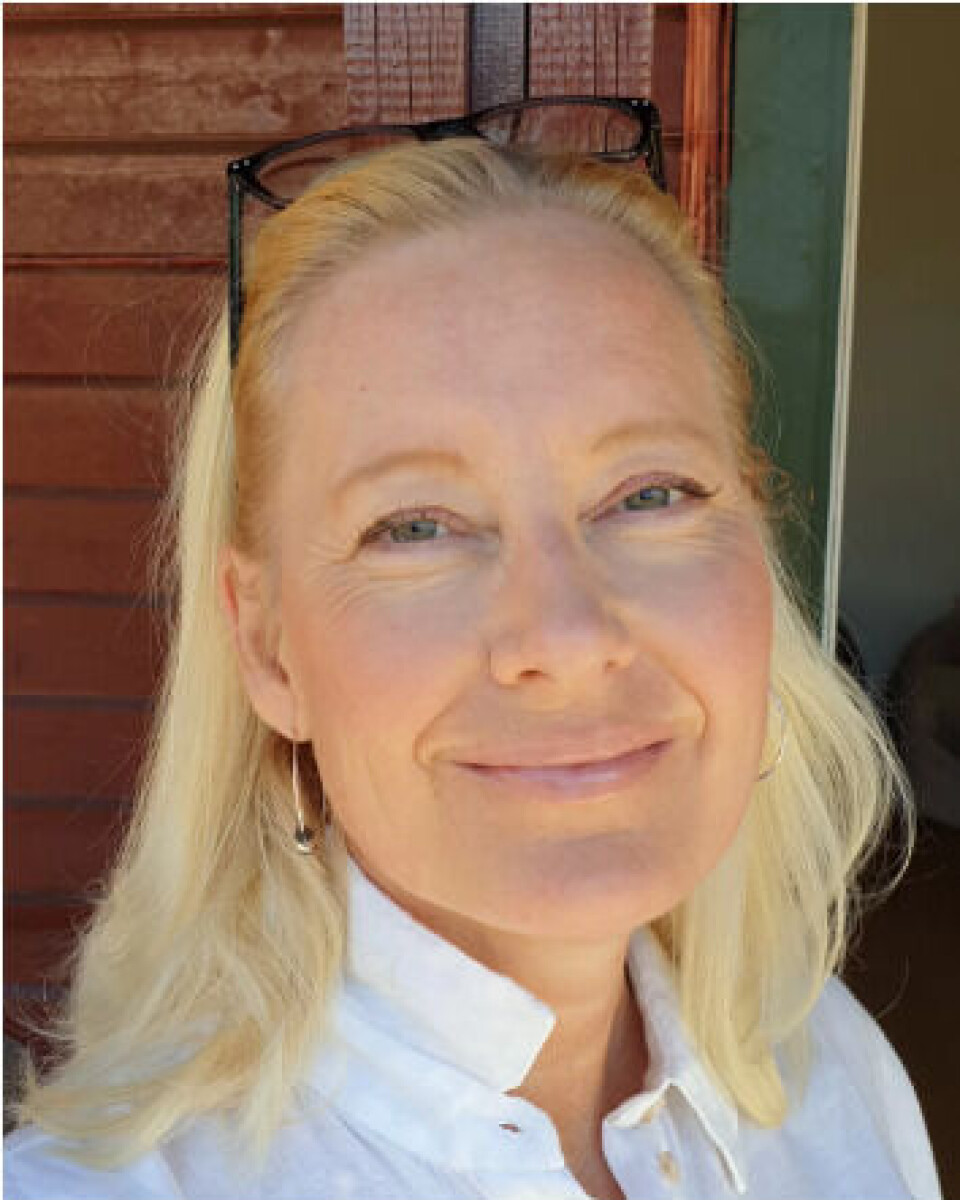
Half of ME patients are dissatisfied with Norway’s healthcare and welfare services
New research reveals patient dissatisfaction. But recovered ME patients are not included in the studies, and that weakens the results, according to a professor at the University of Oslo.
Researchers from the Fafo Foundation and SINTEF have been studying patients with ME (Myalgic Encephalomyelitis) and their situations for five years. Their findings were presented at a seminar in Oslo in September.
How many people get ME, what help do they receive, and how does ME impact the lives of those affected and their families?
The researchers painted a rather gloomy picture.
The Norwegian specialist health service gave 5,556 people a G93.3 diagnosis over a three-year period. This is the diagnosis most often used for ME patients.
However, that number may be too low, according to researchers. They have carried out their own survey, and the results indicate that underdiagnosis is likely. Receiving a diagnosis takes time, and the process to get there is demanding for patients.
Women are more frequently diagnosed than men, and those who receive this diagnosis often have a higher level of education.
Those who have received the G93.3 diagnosis use healthcare services – including GPs, hospitals, and mental health services – far more frequently than the general population.
However, interactions with healthcare services are challenging.
Limited understanding of ME
The researchers conducted a survey among 660 ME patients who are too ill to work or study full-time. 500 of them had the G93.3 diagnosis, while 160 had no diagnosis or other diagnoses.
The participants were asked how satisfied they were with their doctors’ and specialists’ understanding of ME.
Only half of the respondents were satisfied with how much their GPs knew about the disease.
Most of the participants had been to see a specialist in the public healthcare system. Even the specialists did not have enough knowledge about ME, according to half of the ME patients. Private specialists received a slightly better rating.
But knowledge or not: ME patients were also asked whether they agreed or disagreed that various treatments and interventions had improved their health.
Did patient health improve?
Half of the respondents agreed that coping courses had helped them. These are courses where patients learn to live with the disease, such as finding a balance between activity and rest. But a third of the ME patients believed that these courses did not help them.
ME patients who had seen a psychologist expressed varied experiences. A third agreed that it helped their health, while almost as many answered that it did not.
Only 20 per cent of the study participants thought that rehabilitation, with individualised training, symptom management, a psychologist, and a doctor, had a positive impact on their health, while 67 per cent believed that the rehab programmes had a negative effect on their health.
Half of the respondents had participated in a work assessment at the Norwegian Labour and Welfare Administration (NAV), where they check patients’ ability to work and the potential arrangements necessary for them to return to work. A large majority – 94 per cent – believed that they had become sicker as a consequence of the intervention, while only 2 per cent found the process useful.
The researchers also asked about alternative remedies. One of them had been tried by many, and of these, 33 per cent believed it had a positive effect on their health, despite the lack of scientific evidence to support its efficacy for ME, according to the Norwegian ME association.

To be seen and understood as an ME patient
The 660 ME respondents were also asked if they experienced being seen and understood when participating in various initiatives. A majority felt acknowledged in coping courses, by specialists, doctors, and psychologists.
However, many did not feel acknowledged, including a quarter of the patients who had been to a psychologist and public specialist. Only half of those who had been hospitalised felt that they were seen and understood there.
“The patients experience recognition of the disease more often than they benefit health-wise from various interventions and services,” Jing Liu, a Fafo researcher, said at the seminar. “Overall, only half of the patients experience benefits from the most common ME interventions.”
She finds it particularly disturbing that so many ME patients report that their health worsens during NAV's work assessment.
In addition to the survey, researchers interviewed 22 ME patients and/or their families in depth. The interviewees reported that they encounter healthcare personnel who have little knowledge of the disease and often negative and moralising attitudes.
Social stigma
“We see in the qualitative interviews that ME patients are poorly acknowledged by the healthcare and welfare services. The explanatory models they encounter largely do not align with their own experience of the disease,” Arne Grönningsæter, a researcher at Fafo, writes in an email to sciencenorway.no.
Some respondents report that changing doctors and other healthcare personnel creates uncertainty and points to a need for building understanding.
“The social stigma attached to the ME disease creates social ostracism, isolation, self-blame, depression and, in the worst case, the risk of suicide,” Grønningsæter writes.
Most viewed
In 2014, the Norwegian Directorate of Health published a national guide for patients with ME. New studies about the disease, the patients, and possible treatments are also continually being published.
“We can’t tell from the interviews whether there’ve been any changes in terms of knowledge about ME. But a lot of people are hopeful about the ongoing research and that new guidelines will provide better framework conditions and services,” Grønningsæter writes.
Similar to fibromyalgia patients
In a statement released the week before the seminar, 50 researchers and doctors spoke critically of the distinction between different states of exhaustion, such as ME, long Covid, fibromyalgia, and burnout.
Fibromyalgia patients use various healthcare services as frequently as ME patients do, according to one of the Fafo and SINTEF studies.
“We’ve used fibromyalgia patients as controls, but we don’t have any experience with what they say about the healthcare services,” Grønningsæter writes.
Beathe Andersen is editor of the Norwegian Fibromyalgi journal and is active in the Norwegian Fibromyalgia Association. She recognises many of the findings from the Fafo/SINTEF project.
“As with ME, fibromyalgia is also poorly understood by healthcare personnel. Some of them meet the patients with this lack of understanding and might convey that they don’t believe the patient. Patients can perceive this as condescending and lacking respect,” Andersen says.
Exhausted after NAV interventions
The vast majority of ME patients experienced no benefit from the work assessment at NAV. Nor did fibromyalgia patients.
“NAV sends us to rehabilitation and work assessments, but our condition can vary from day to day. A lot of people push themselves too much in work assessments because they obviously want to be able to work. This is stressful and can make them worse,” Andersen says.
People with fibromyalgia become exhausted after they exert themselves too much, as also happens with ME patients.
“When stretched too far, adverse effects occur afterwards. That happens to everyone, but individuals with fibromyalgia reach their limit faster, and it can take a long time to recover,” Andersen says.
Everyone who took part in the ME project is too ill to work or study full-time.
"We’ve received questions about whether it would have been useful to also include former patients, but it’s unusual for user surveys to involve former users," the researchers write on fafo.no (link in Norwegian).
This means that when we look at the correlations between the measures ME patients receive and paid employment, those who are back to full-time work are not included, the researchers write.

Need to include everyone’s experience
Silje Endresen Reme is a professor in the Department of Psychology at the University of Oslo. She believes all ME patient experiences need to be included, both for patients who have recovered or benefited from interventions and those who have not.
“We have to examine a representative sample of everyone who has been diagnosed if we want to be able to say anything definitive about the user experiences of people with an ME diagnosis. That would enable us to examine the effect of work-oriented interventions and treatment, and to find out whether they are useful or not,” she writes in an email to sciencenorway.no.
She notes that the SINTEF/Fafo researchers have not done this in these studies.
According to Reme, it is no wonder that patients who are still ill have benefited little from rehabilitation and work interventions, and that they feel frustrated and helpless about their interactions with healthcare and welfare services.
Many of those who have recovered from ME have benefited greatly from the healthcare and welfare services. That is precisely where they received the help they needed, according to Reme.
Recovery without healthcare services
Researcher Anne Kielland from Fafo points out that researchers collected data in three ways for their studies.
The information from the health registry about everyone in Norway with the ME diagnosis G93.3 shows that very few of them earn an income equivalent to a full-time job.
The survey about encounters with health and welfare services complements the register data. It was sent to ME patients who are not working or are working part-time. Those working full-time were not included in the survey.
Further information on work and studies was revealed in the 22 in-depth interviews.
“Overall, our data sources show great consistency, and I think we’re on solid ground. When it comes to a representative sample, we’re more concerned that the sickest patients might not have had the energy to respond to such a long questionnaire,” Kielland says.
10 families with ME-daignosed youths were followed up after three years.
“In these cases we saw improvement, but none had returned to full-time work or studies. It appeared that the improvement came from the fact that the health and welfare services had withdrawn, rather than as a result of interventions,” Kielland says.

The researchers' interviews with 22 ME patients revealed that the services might have been good, but the lack of adaptation to their health challenges meant that they still did not function as intended. In some cases, the interventions were wrong or came too late for patients to benefit from them.
Reme believes that the studies by SINTEF/Fafo do not offer any data that can confirm whether ME patients become sicker or healthier as a result of interacting with the healthcare services.
Did interventions make things worse or better?
Assessing the effectiveness of the relevant health services requires that researchers examine people with the ME diagnosis before and after meeting with healthcare services, according to Reme.
"The researchers have not done that in these studies. They’ve examined a group of people with long-term fatigue, who say that they feel worse because they’re not adequately acknowledged by the healthcare services,” she says.
It's unfortunate, but it's not the same as documenting that someone has gotten sicker from the healthcare services, according to Reme.
"It's well-documented that patients with various fatigue conditions and other persistent physical symptoms experience frustration when dealing with healthcare services, where some feel stigmatised and that they are not taken seriously," she says.
Therefore, knowledge is important so that healthcare professionals can understand, explain, and treat the symptoms, she believes.
Researchers from SINTEF and Fafo believe that their findings indicate that the services offered to ME patients can lead to an improved quality of life, but only to a lesser extent to better working ability. However, the available services often have the opposite effect and make life worse for both ME patients and their relatives, according to the project report.
———
Translated by Ingrid P. Nuse.
Read the Norwegian version of this article at forskning.no
References:
Grønningsæter, A.B. (ed.) Tjenesten og MEg. Samlerapport fra et prosjekt om ME-sykes møte med den norske velferdsstaten (Healthcare services and MEg. Summary report from a project on ME patients' encounter with the Norwegian welfare state), Fafo and SINTEF, 2023.
Kielland et al. Do diagnostic criteria for ME matter to patient experience with services and interventions? Key results from an online RDS survey targeting fatigue patients in Norway, Journal of Health Psychology, 2023. DOI: 10.1177/1359105323116919





































